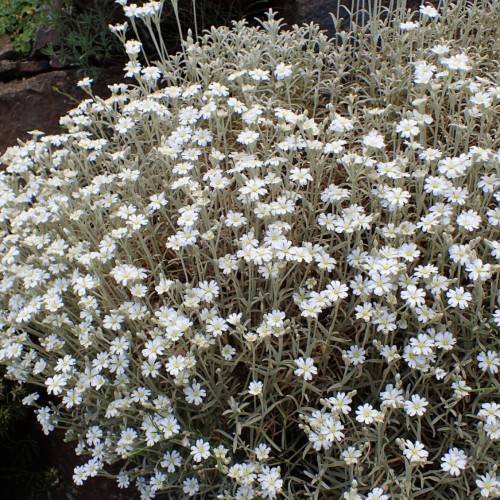
Great Chickweed
Cerastium maximum
Watering:
Frequent
Hardiness Zone:
Sun:
full sun,part shade
Leaf:
Yes
Growth Rate:
Low
Drought Tolerant:
Yes
Salt Tolerant:
Yes
Invasive:
Yes
Care Level:
Moderate
watering
Water Common Mouse-Ear Chickweed regularly. In the spring and summer months, water the plant about once per week, allowing the soil to dry out in between watering. In the fall and winter months, water about once every 2 weeks, or as needed, allowing the soil to dry out in between waterings.
sunlight
Common Mouse-Ear Chickweed requires moderate sunlight for optimal growth. At least 4 hours of direct or indirect sunlight per day is required. During the growing season, it is beneficial to provide additional sun exposure to promote healthy leaves and flowers. During the winter months, some shade from direct sunlight should be provided to avoid heat stress.
pruning
Prune Common Mouse-Ear Chickweed (Cerastium fontanum subsp. vulgare) in the spring after the last frost. Pruning should be moderate, removing no more than a third of the foliage. This will encourage new growth and a bushy growth habit, while maintaining the flower production for which the plant is known. Pruning may also help to discourage weeds and pests by allowing better air circulation around the plant.
